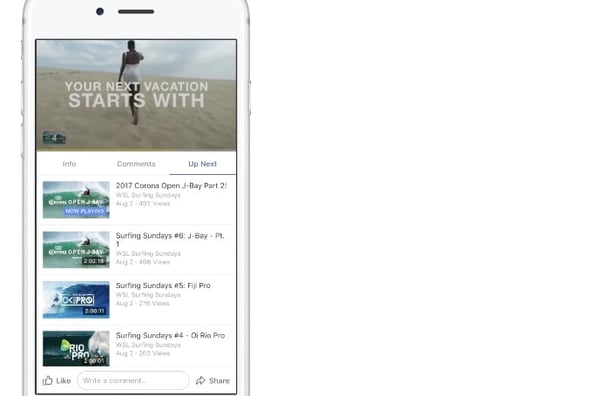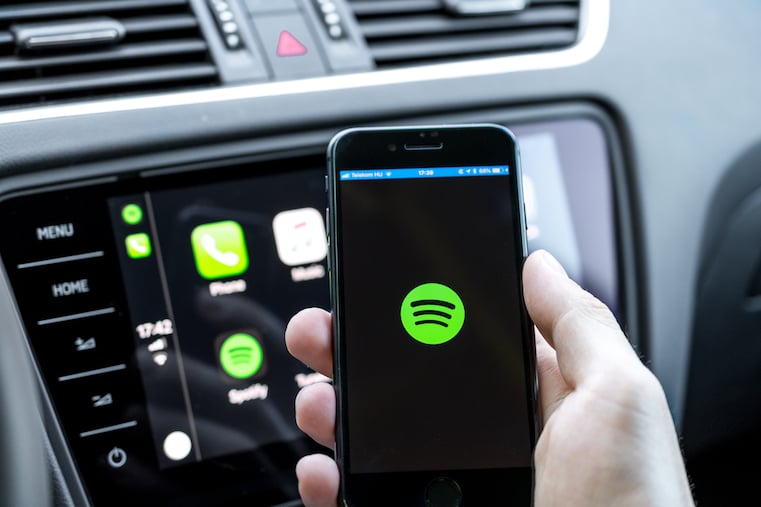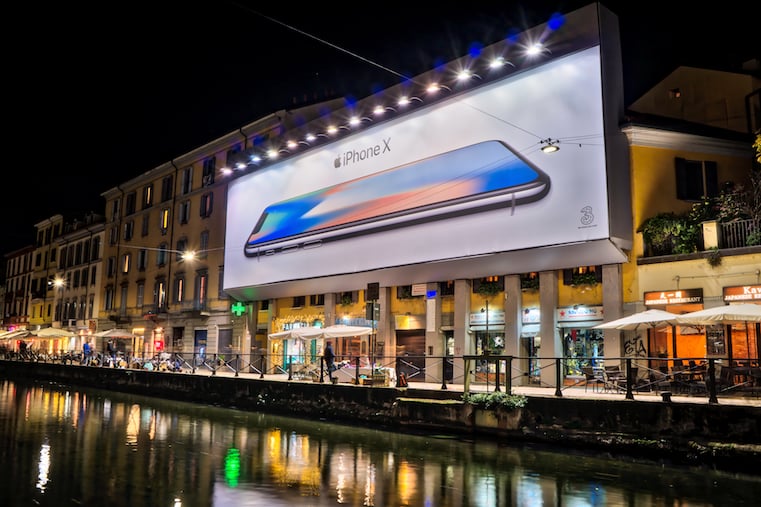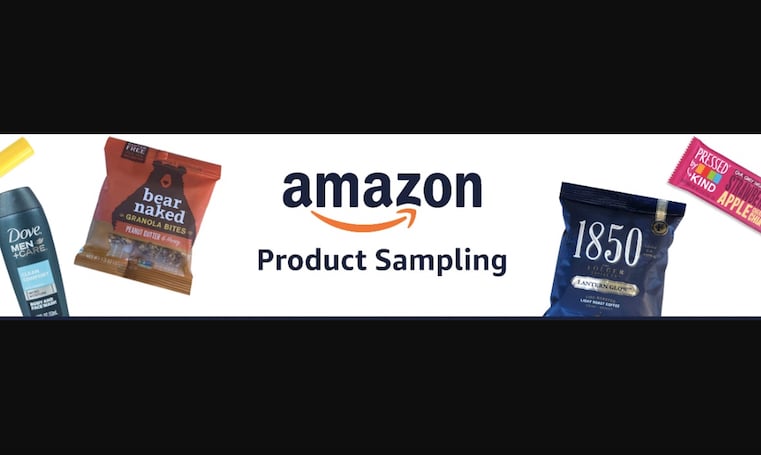A new report from eMarketer indicates that companies are spending more than ever on digital video ads.

According to the report, digital video ad spending is predicted to reach $27.82 billion in 2018 alone: a 30% rate of growth.
At that figure, eMarketer says, budget spent on video ads will make up a quarter of all digital ad spend in the U.S. -- compared to digital ad formats like static or animated images, or text-based ads.
But where, exactly, is that money going? And what's responsible for the uptick in companies buying digital video ads? We had a closer look at the report and collected some of our own data to find out.
Where Is the Ad Spend Going?
Much of this spending appears to be going in the direction of video ads on social media networks.
.png?width=470&name=241892%20(1).png)
Source: eMarketer
Looking at the combined video ad spend on Facebook, Snapchat, and Twitter in the U.S., Facebook is taking the lead -- earning about 87% of the total. That includes video ad revenue earned on Instagram, which is owned by Facebook.
In terms of all U.S. video ad spending -- within social media and beyond -- Facebook earns 24.5% of the total.
Interestingly, eMarketer doesn't include YouTube in total social media video ad spend -- but does point out that the video-sharing platform, which is owned by Google, is expected to earn $3.36 billion in video ad revenue this year.
That's less than half the amount expected to be earned by Facebook ($6.81 billion).
Why Video Ads?
To figure out what might be responsible for this growth in digital video ad spend, we wanted to take a closer look at consumer buying behavior. We asked 850 internet users across the U.S., UK, and Canada: Which ad format is most likely to lead you to purchase an item online?
Nearly half of all respondents indicated that they're most likely to purchase an item online after seeing a video ad, over all other ad formats.
That could be one deciding factor for businesses in deciding where to allocate their ad budgets: a higher return on investment, or conversion to purchase, on video ads over other formats. And while that number might look different for each business, 64% of consumers are generally more likely to buy a product onlineafter watching a video.
A Better Ad Experience
That could be because video ads are more likely to actually show the user how a product or service is used. Text ads can also be used to explain -- but word count on these ads can be highly constrained, leaving advertisers with little real estate to capture the user's attention. Image ads can show users how a product or service might benefit them, but only with a single snapshot.
Videos, however, can go a bit further in showing the viewer how a brand might fill a previously unmet need. They can capture multiple moments in a visual way that's more engaging, and allows the user to imagine herself in the same situation.
Plus, more social networks are increasingly creating more ways for businesses to allow users to natively buy an advertised product (or book an advertised service) within the app.
Finally, let's dig into that concept of a native, seamless experience. Video ads that appear on social media often do so within the same feeds that we might be scrolling for fun, or out of curiosity and boredom. In that capacity, video ads come more naturally, as opposed to something like a traditional TV (video) commercial break -- where the fact that we're viewing an ad is a bit more salient.
Plus, unlike TV video ads, social video ads allow the user to take immediate action on the ad, on the same device where they're viewing it -- to make a purchase.
"Marketers rely on in-feed video ads to capture users’ attention and build brand awareness," said eMarketer principal analyst Debra Aho Williamson in the report. It echoes the sentiment that the users are more likely to respond to an ad that exists within something they're already doing -- making it easier for them to to become customers.
Of course, the same principles apply to video ads as they do to good content: be relevant, helpful, and meet users where they are.











